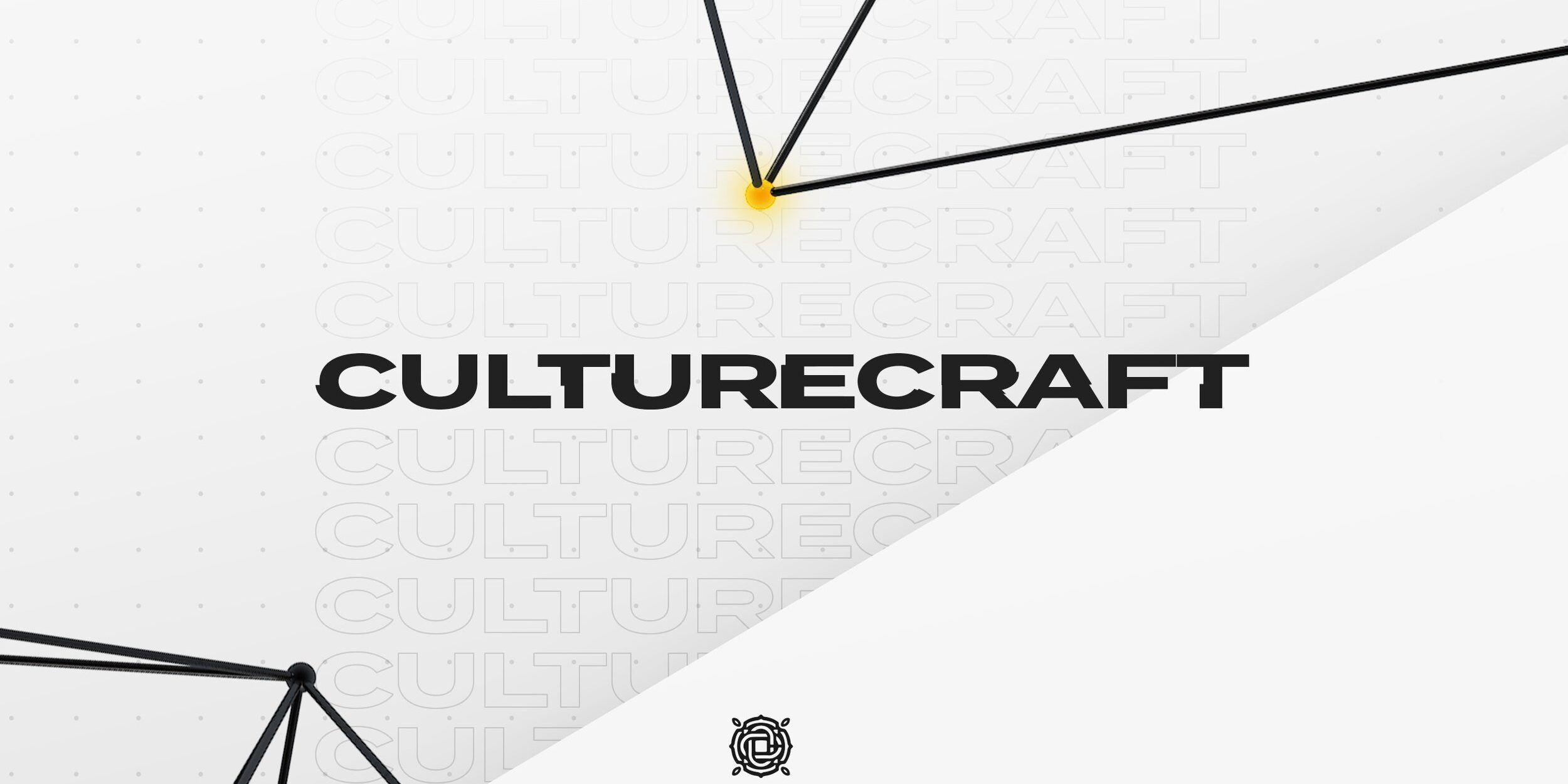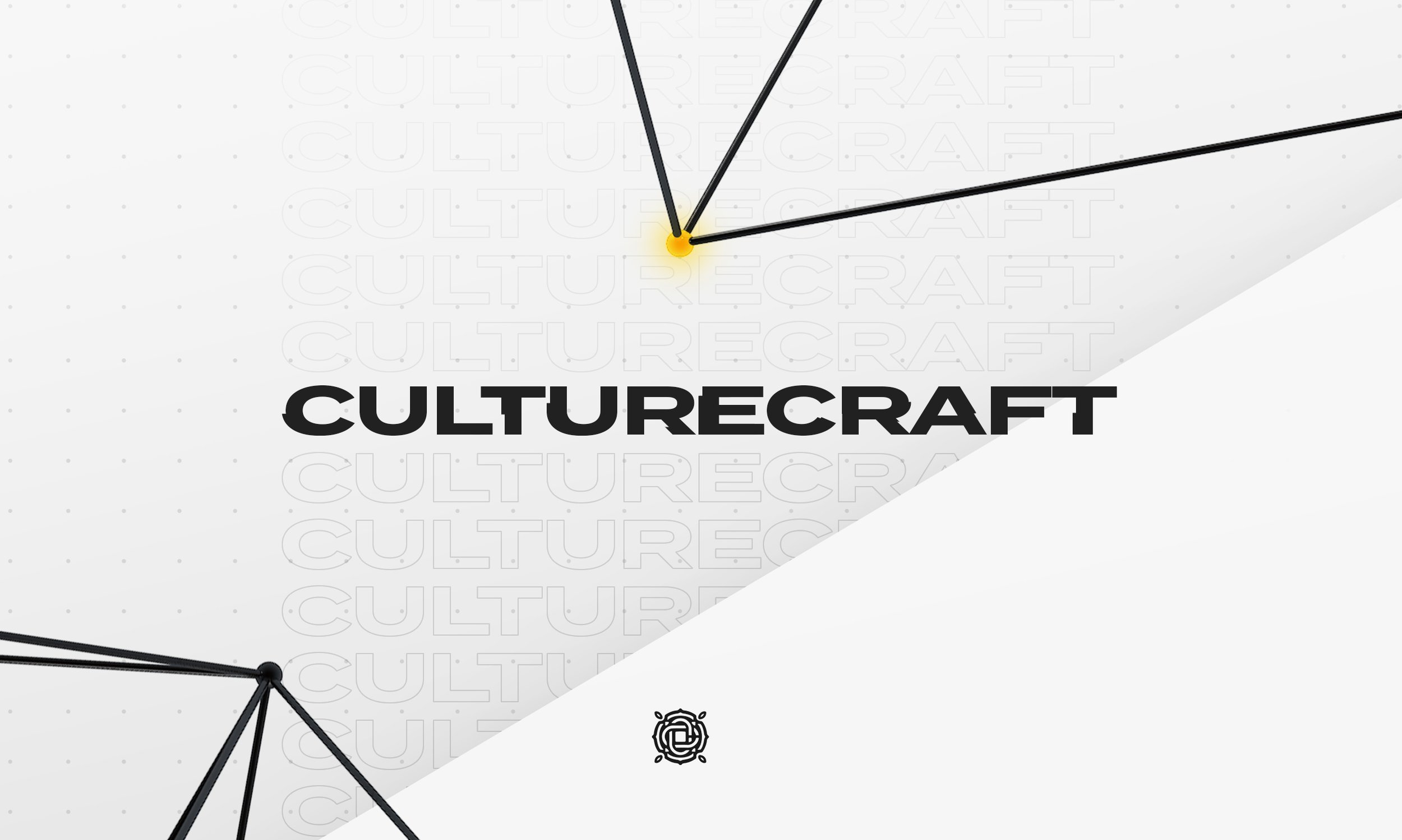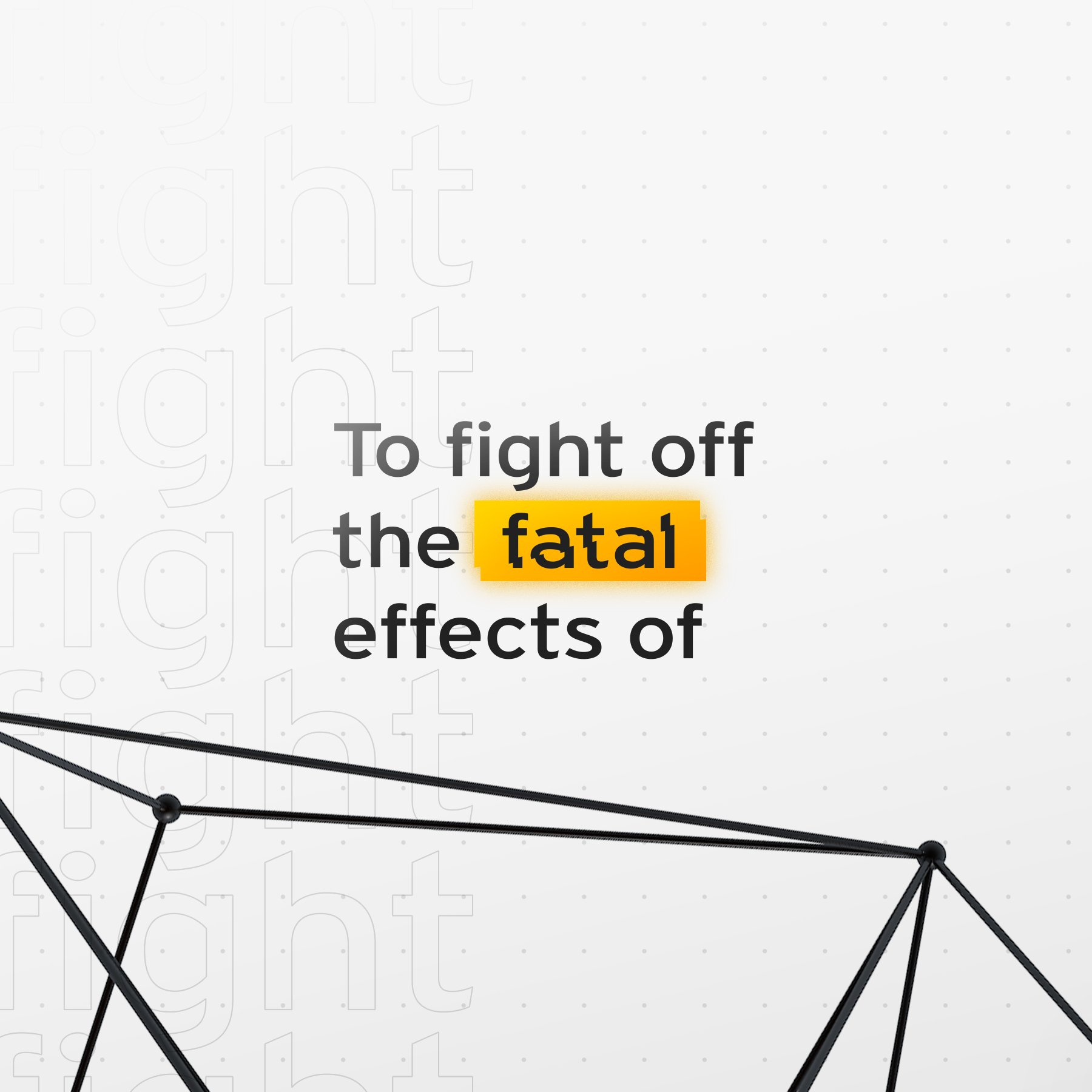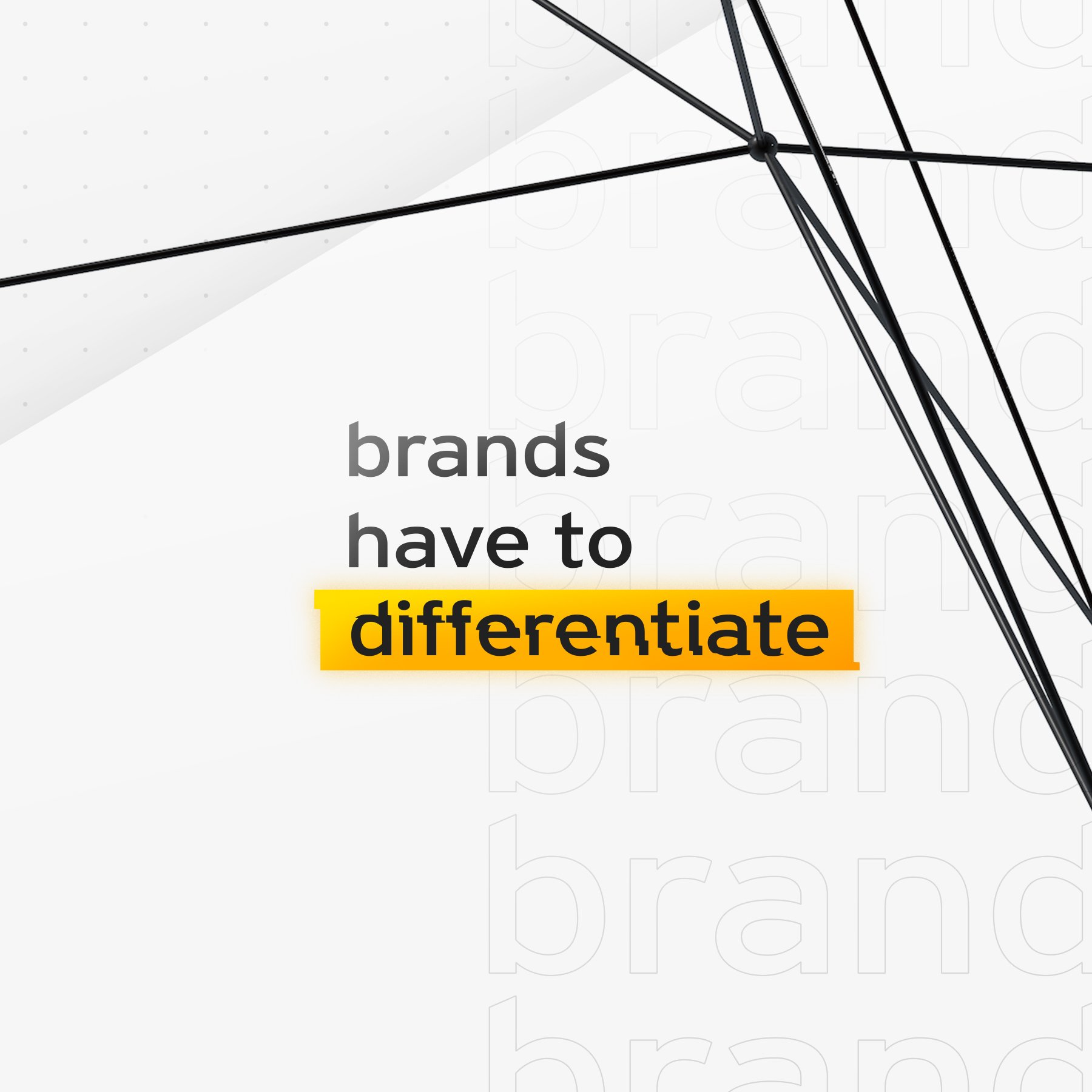For Cannabis (And Its Brands) To Grow, The Conversation Has To Change
When it comes to the public’s perception, even a product or industry that has been around for centuries may have to connect with customers in a new way to thrive.
Remember in the 90s when Starbucks became a thing? Coffee had been around since at least the 15thcentury. But in what felt like a blink of an eye, the humble mermaid was popping up everywhere and in everyone’s hands. No longer the lowly accompanier of cheap pie or AA meetings, coffee became prestigious, delicious, and indispensable to mass swaths of the population. Starbucks went public in 1992 with its first IPO, boasting 165 stores.
Four years later – they were at 1,000. In that time, the white cup and green logo became the symbol for status, disposable income, productivity, education, good taste, and practically everything desirable at the beginning of the dot-com boom and the entrepreneurial rise that followed it.
Starbucks became an icon, shaping and being shaped by the culture around it. And today, they’ve reaped the harvest of that incredible brand work, sitting at over 15,000 stores in the US alone – over 30,000 worldwide.
How can other industries follow in their path? We’re going to look at one industry trying to do just that (and what might be stopping them).
That industry is cannabis, but the lesson is for everyone.
What’s In A Category?
In Denver, where CultureCraft’s Studio 1 offices reside, marijuana is ever-present. Over 350 dispensaries and almost 600 grow farms dot the city. Finding a pre-roll or some premo flower is easier and faster than getting a decent cup of joe or snagging an In-N-Out burger. (Seriously, to hell with these In-N-Out lines).
Picture by Louis Hansel
The inundation of new dispensaries follows on the back of marijuana’s post-legalized rise. By proving itself a legitimate contender in the health and wellness fields first (CBD oils, THC pain relief, sleep aid, and more) cannabis made a strong case for itself as a trusted member of the recreational use field alongside other substances like alcohol, nicotine, and caffeine.
Yet, despite the legalization of recreational marijuana in Denver almost 10 years ago, those of us who have followed Mary Jane’s evolution as a category have noticed something odd:
Cultural acceptance has shifted but cultural perception has not. And many times, those on the inside of the cannabis industry have not helped.
Right or wrong, the long-held stigmas about Cannabis (and its users) have held up. Despite its popularity (12% of Americans are active Marijuana users) and growth (sales increased 67% in 2020), cannabis is associated with the lazy, the under-motivated, the “chilled-out”, the loser, the irresponsible and those seeking escape.
Even though they are all recreational drugs, cannabis does not carry the same kind of status as alcohol (wealth, creativity, maturity, sophistication), or coffee (productivity, energy, work).
Despite cannabis’s uses mirroring alcohol’s (for relaxation, creativity, as a social stimulant, coping mechanism, pain reliever, sleep aid) the two are still not in the same category of social and cultural.
The grandest irony, of course, is that in both the long and short term, cannabis seems to have less negative effects on the body than alcohol. Even when smoked, lacking the chemical and carcinogenic elements of cigarettes, cannabis so far has not been linked to cardiovascular or cancerous ends.
So then why, if it does many of the same things as alcohol and is safer than both cigarettes and booze, is Cannabis not more popular?
Surely the fact that it’s still federally illegal and not widely available in many states is contributing to the problem. But even with these limitations set aside, there is another problem creeping wherever cannabis is thriving.
Picture by Luca Lawrence
The Problem Of Commoditization
Cannabis is one of the most high-potential products on the planet, with a seemingly infinite number of strains and applications.
But despite its uniqueness and growth (or perhaps because of it) the cannabis industry is currently suffering from the effects of high commoditization.
Here’s how commoditization normally shakes out: A product or category begins its life as a trailblazer, busting up the status quo (the internet, electric cars, smartphones, cannabis). Then lots of people jump in to take advantage of the early action, brands pop up right and left, driving the category or product toward the mainstream.
But the majority of these early adopters and brands are marketing the product or the category instead of their own clear relationship with the customer. They focus on features, not customer benefits. They do this because they believe the customer only wants a relationship to the category or the product.
They do it because it’s easier to talk about yourself rather than try and understand someone else.
But before long, a time comes when the market is saturated enough and the product or category must either make the jump to the true mainstream, or slowly fizzle out and die as a novelty. Once there, brands who want to grow in these emerging industries must actually cultivate a real relationship with the customer, and build their brand reputation upon it.
In the absence of this relationship, the product or category becomes the audience instead of the customer, and further alienates the majority of consumers.
In the world of commoditized cannabis, brands have continued marketing to the early adopter (who already believe in weed) instead of the early majority. Many cannabis brands haven’t built the essential differentiation.
Simply put, to fight off the fatal effects of commoditization, brands have to differentiate. And for cannabis brands, the focus of that differentiation cannot be on their hyper insider niche “flower” or other products. The focus cannot be features.
The differentiation (as it is for all brands) must start with their audience and community.
The Way Of The Future
When Starbucks rose to prominence, their secret weapon was knowing their customers. Starbucks is essentially a bar – where someone can come in, get a delicious beverage that alters the mood, crafted by a bartender, and sip it in a space that is warm and conducive to conversation and relationship.
Starbucks took what people craved from 5 PM to 2 AM and made it an all-day affair. By understanding what customers wanted, they became a global force unrivaled by any other competitor.
Cannabis is trying to pull the same move. But centering their new and varied customers over themselves is still a struggle.
For any brand, product, or category to thrive in the mainstream, they must finally shake off their stigmas and break the dependance on early adopters.
Those that see the opportunity to do so in their own industries, and do it now, will position themselves lightyears beyond the competition that is sure to follow.
Those that don’t, will be playing catchup in a race that is nearly always won by early pioneers.






